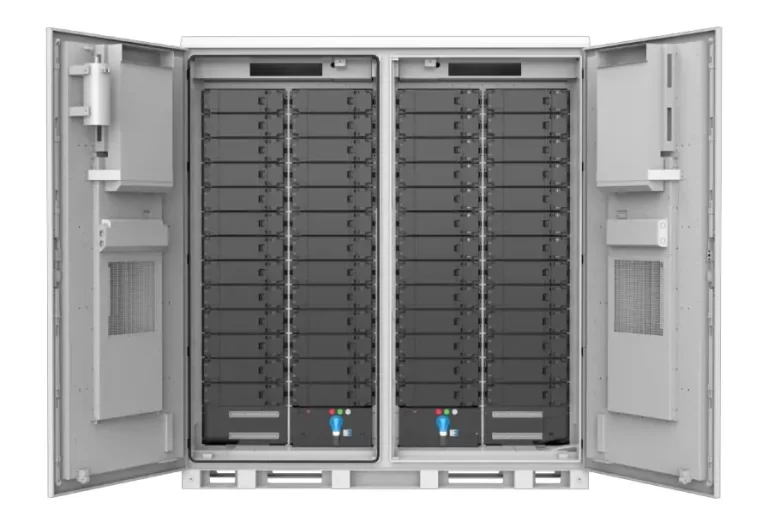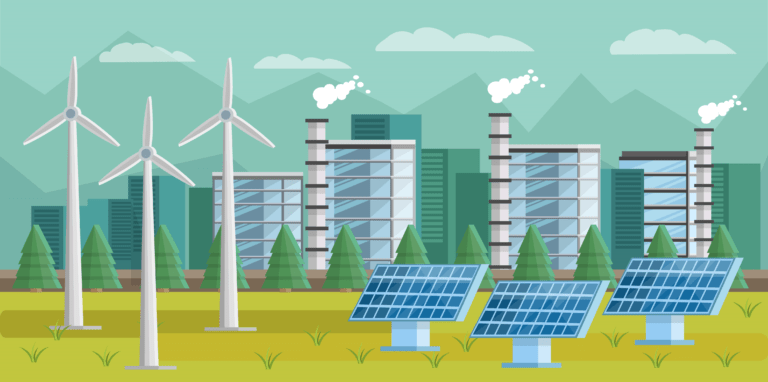Photovoltaic Industry Faces Overcapacity but Expects Short-Term Rebalancing
Current State and Future Outlook of China Photovoltaic Industry
The Ministry of Industry and Information Technology (MIIT) commented on the current state of China’s photovoltaic (PV) industry, acknowledging a certain stage-specific and structural overcapacity risk, but noted that it falls within the normal range of industry development. This statement drew widespread attention, especially as the sixth China International Photovoltaic Industry Conference, focused on how to achieve healthy industry growth.
Industry Leaders’ Perspectives on Overcapacity and Market Balance
Liu Hanyuan, Chairman of the Board of Directors at Tongwei Group, emphasized the need for the industry to maintain competitive pressure and efficiency while considering the competitive ecosystem. Liu believes that the current overcapacity will find a new balance in the short term, stating, “There is no need to worry too much; let the market handle market issues, and government guidance will adequately address this so-called overcapacity crisis.” Other industry leaders, such as those from LONGi Green Energy and Trina Solar, also shared their views.
Major Partnerships and Investments
During the conference, local governments and leading PV enterprises seized the opportunity to secure significant investment deals. Major cooperation projects in Chengdu, Leshan, and Meishan were signed, totaling over 50 billion yuan. Officials from Sichuan Province and related cities expressed their commitment to vigorously promote the PV industry, aiming to develop the Leshan-Meishan PV Industrial Economic Corridor.
Promoting Energy Transition by Overcoming Prejudices
In an interview, Liu Hanyuan discussed the overcapacity issue, asserting that the PV industry is just beginning and will require a much larger scale to support the energy transition. He stressed, “Market matters should be left to the market.” He described the cyclical nature of investment and demand in a market economy as a process of balancing and rebalancing, viewing the current situation as normal.
Liu sees immense potential and growth space for the PV industry, predicting that the overcapacity will rebalance within a short period—six months to a year or slightly longer.
Creating a Healthy Industry Ecosystem
At the conference’s main forum, Liu frequently highlighted the importance of a rational competitive ecosystem. He suggested that industry participants should support each other to create the best ecological environment, avoiding unnecessary repetition and internal competition that could harm the industry’s sustainability.
International Trade and Cooperation
Addressing the international trade landscape, Liu highlighted China’s potential to lead the global energy transition amidst the current wave of low-carbon, high-quality development. He urged for deeper exchanges with countries like the U.S., Europe, Japan, and South Korea to collectively advance the global energy transition, stressing the limited time left for achieving carbon neutrality.
Industry Insights from Other Leaders
Other industry leaders also voiced their insights during the conference. Zhong Baoshen, Chairman of LONGi Solar Panel, emphasized cost reduction and efficiency improvement through technological innovation as the core drivers for lowering the cost of photovoltaic electricity. Cao Renxian, Chairman of Sungrow, discussed the vigorous supply-demand dynamics in the global PV industry chain, noting that the industry’s rapid growth brings both opportunities and challenges, including increased competition and trade protectionism.
Gao Jifan, Chairman and CEO of Trina Solar, highlighted the coexistence of opportunities and challenges in the PV industry. He pointed out the risks associated with rapid investment and technological depreciation amidst a complex international environment.
Technological Competition and Future Outlook
Martin Green, known as the “Father of Solar Energy” also participated in the discussions. He noted the intense competition among PV cell technologies such as PERC, TOPCon, HJT, and IBC, with PERC’s share declining. Green believes that the next five years will be crucial in determining the most viable technology, personally favoring IBC for its potential to outperform other technologies in the long run.
This comprehensive coverage of the PV industry’s current state and future prospects highlights the ongoing efforts and strategies to address overcapacity, foster a healthy competitive environment, and advance global energy transition.



